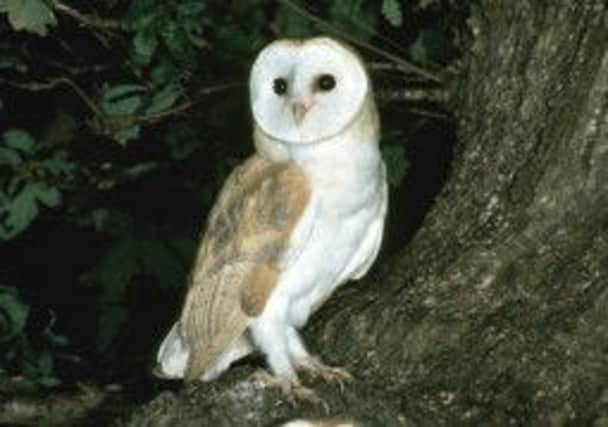Barn owls risk ‘dying out’ if town is built


Henfield resident and member of Locals Against Mayfield Building Sprawl (LAMBS), Jane Simmons, said that the peer responsible for the government’s planning reforms, Lord Matthew Taylor, wants to build a new town on countryside of National Importance to barn owls - contrary to the guidelines set out in his own legislation.
Mrs Simmons said: “The barn owl is a Schedule I protected species and has been closely monitored for many years.
Advertisement
Hide AdAdvertisement
Hide Ad“Figures compiled for the Sussex Ornithological Society show that more than 10 per cent of West Sussex’s barn owls depend on the area”
The area Mrs Simmons speaks of is where Mayfield Market Towns has proposed to build 10,000 homes around Wineham and Twineham.
She continued: “One of Mayfield Market Town’s directors, Lord Matthew Taylor, was responsible for reviewing the government’s National Policy Planning Framework (NPPF) two years ago.
“These guidelines advise planners to ‘identify and map components of local ecological networks,’ and ‘promote the preservation, restoration and re-creation of priority habitats’ to protect vulnerable species like the barn owl.”
Advertisement
Hide AdAdvertisement
Hide AdLord Taylor said: “I have been an advocate for better, more sustainable rural development for many years. I joined this project [Mayfield Market Towns] precisely because I believe it offers the most sustainable solution to meeting local housing needs.
“Every aspect of its environmental impact will be tested according to the most up to date guidance, and nothing could or would be built until that is done.”
A former Director of the Hawk and Owl Trust and Founder and Coordinator of the UK’s Barn Owl Conservation Network, Colin Shawyer, said the area plays a vital part in a national Species Recovery Network.
He said: “These established barn owl recovery networks are important not only locally, but also regionally and nationally because they form part of a UK wide conservation plan to restore the fragile Barn Owl population.
Advertisement
Hide AdAdvertisement
Hide Ad“It is important to see these networks as links in a much wider chain. Barn owls are very sedentary birds so they do not fly very far to new sites.
“In fact they won’t leave their home ranges - they will just not breed within them. Then, as the habitats and the connectivity of these habitats are degraded, eventually the population dies out.”
A director at Mayfield Market Towns, Peter Freeman, said that ecologists have been employed to address wildlife, but he affirmed that the ‘real issue’ is whether the development will serve ‘much needed new housing’.
Mr Freeman said: “As part of any planning application we would be required to carry out a number of ecological assessments to ensure that development does not pose any threat or danger to protected wildlife. We have already employed ecologists to carry out preliminary studies, and the next stage will carry out in depth ecological studies which will of course include surveying birds and other wildlife in the area. This ensures that the development can be designed so that it protects areas with existing wildlife habitat.
“The real issue here is whether a New Market Town provides a better solution to delivering much needed new housing for local people than continued add-ons to existing towns and villages.”